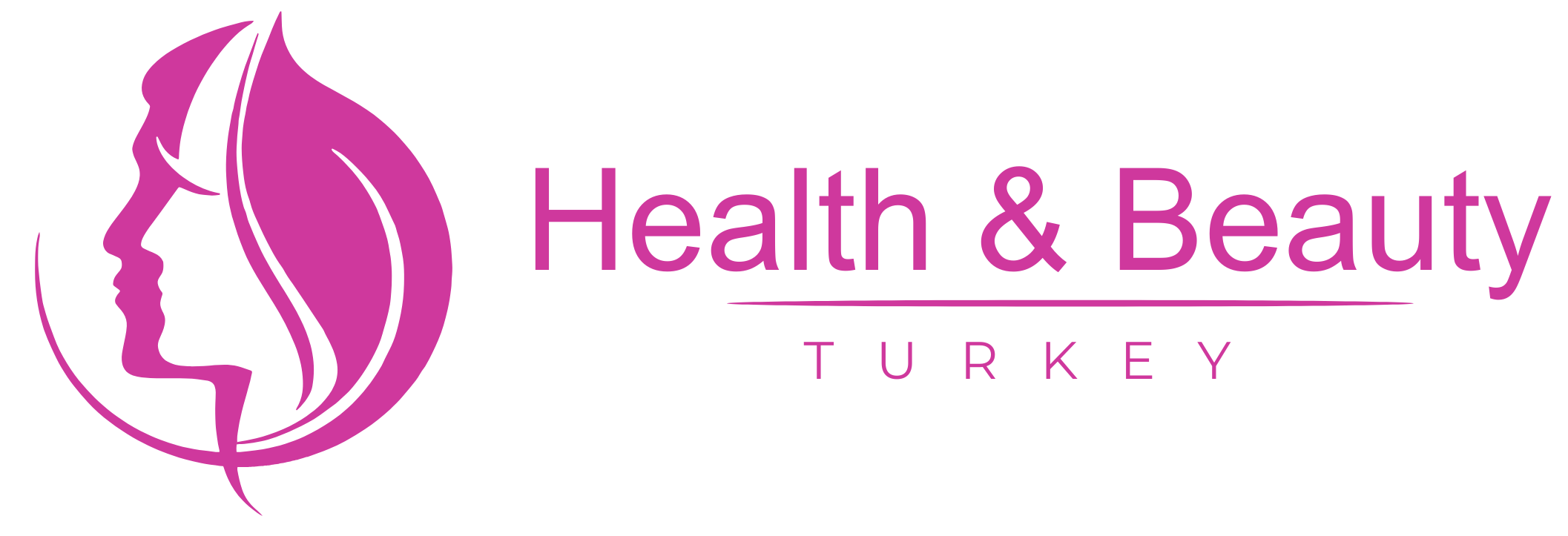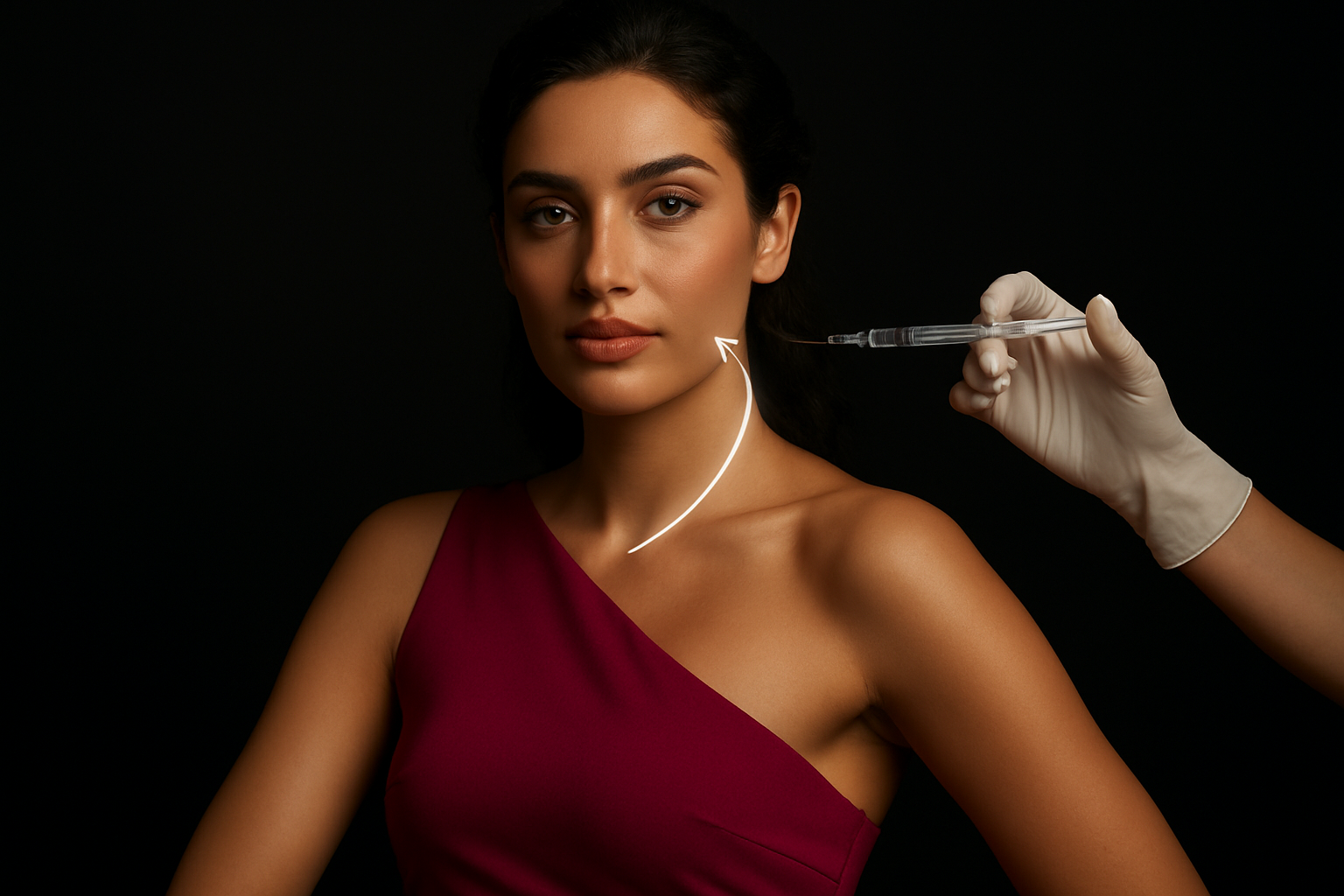Introduction
Dermal fillers offer non-surgical options for facial rejuvenation. In Turkey, experienced doctors use advanced techniques to treat a variety of areas beyond the traditional lips and cheeks.
Six Unexpected Areas
- Earlobes: restore volume and balance with subtle filler.
- Neck and Décolleté: improve hydration and reduce fine lines for a cohesive look.
- Back of Hands: restore volume for a youthful appearance.
- Temples: address hollowing to support brow position.
- Chin and Jawline: enhance definition for balanced contours.
- Nose (Non-surgical): subtle reshaping for harmony when surgery isn’t desired.




